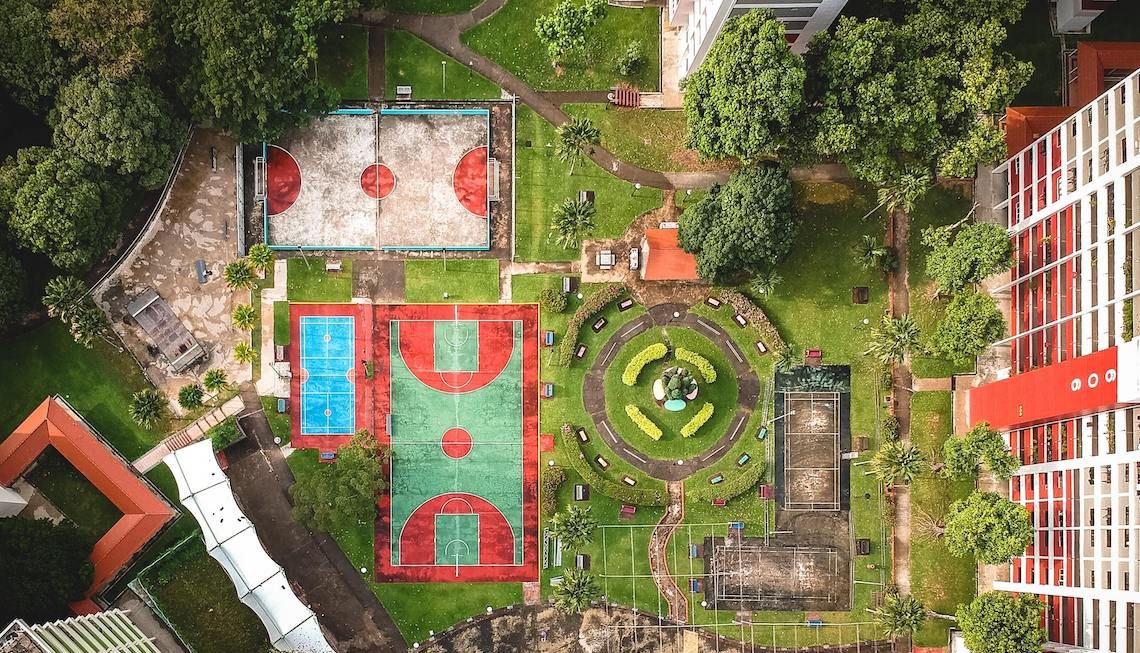Can cities be designed for better healthcare?
Three ways Singapore’s urban planners and architects are building a healthier city.

The design and location of your home plays a much deeper role in your life than you think.
Architecture and urban planning shape our behaviour and consequently, even our health. “At the heart of it, healthy cities are ultimately about healthy people”, says Professor Lam Khee Poh, Dean, National University of Singapore School of Design and Environment. And so, urban planners must account for people’s mental, social and physical well being when planning cities.
Professor Lam recently joined the seminar 'Beyond Good Healthcare: Designing Healthy Cities' organised by the Centre for Liveable Cities to discuss his thoughts. GovInsider spoke with Lam to understand how urban planning can shape a healthy city.
Designing for mental health
As Singapore’s population ages, well-designed townships will play an important role in caring for a growing segment of elderly and vulnerable people. “Social, behavioural and environment contribute 60% to the impact of premature death and disability”, cites Lam.
Cities and their spaces must be designed with the needs of people in mind. For instance, community centres built into the heart of neighbourhoods can help tackle isolation. “More can be done to promote a healthy lifestyle for the elderly, prevent the sense of isolation, and integrate them into the overall community as much as possible.” says Lam.
In Singapore, Kampung Admiralty, a retirement village, has been designed with the needs of its elderly residents in mind. Childcare centres and a senior day care centre location close to each other allow the elderly to stay in touch with family and friends.
Access to physical healthcare is also critical to community planning. Recent urban plans have incorporated specialized care centres like the National Centre for Infectious Diseases, which has an easy to access and central location. These features show that Singapore has “laid a strong foundation in her conceptualisation, and implementation of our planning”, says Lam.
Architecture and health
Mental and social health initiatives can also be built into the architecture of Singapore. International standards point to 10 measures for architecture including light, air, movement and community to improve global health. For instance, it encourages architects to create lighting that is beneficial for optic and mental health; and allow ventilation in enclosed spaces.
Lam encourages governments to build structures with varying heights to allow for visual stimulation, and create “unobstructed wind paths across the city” for clean indoor air. Exercise spaces and cultural buildings can also promote physical and mental well being. Sheltered cycling and walking paths encourage people to exercise outdoors even in circumstances where gyms are inaccessible. Meanwhile, cities can create a “thoughtful mix of new and conserved buildings of architectural and cultural heritage value” for mental stimulation.
Singapore’s key goal should be to have a more integrated approach to architecture and urban planning, says Lam. Architecture plans must change the “traditional classification of mono-functional buildings” to adapt with the population’s changing needs.
This can be done by building more common spaces which have multiple functions like residential life, healthcare and retail. Healthcare and institutional facilities for the elderly can also be designed to be more “home-like” and blended into the community, he adds.
Sustainable development goals
Any urban planning to improve physical, mental, and social healthcare must also incorporate global sustainability and welfare standards like the Sustainable Development Goals (SDG), says Lam.
The SDG report for Asia and the Pacific, however, does not reflect sufficient progress in areas like good health and well being (Goal 3), responsible consumption and production (Goal 12) and climate action (Goal 13), he says. “We are confronted with a critical issue now that is inextricably linked to two major global challenges, climate change and health”.
The solution to both is good design thinking. Initiatives like Green Mark for Healthier Workplaces provide incentives to firms which design green offices and encourage employees to adopt positive habits like not smoking. These allow Singapore to incorporate both healthcare and sustainability into its urban design.
Good urban planning and architecture will make for a healthy and robust population in upcoming years. After all, a city is only as healthy as its people are.

